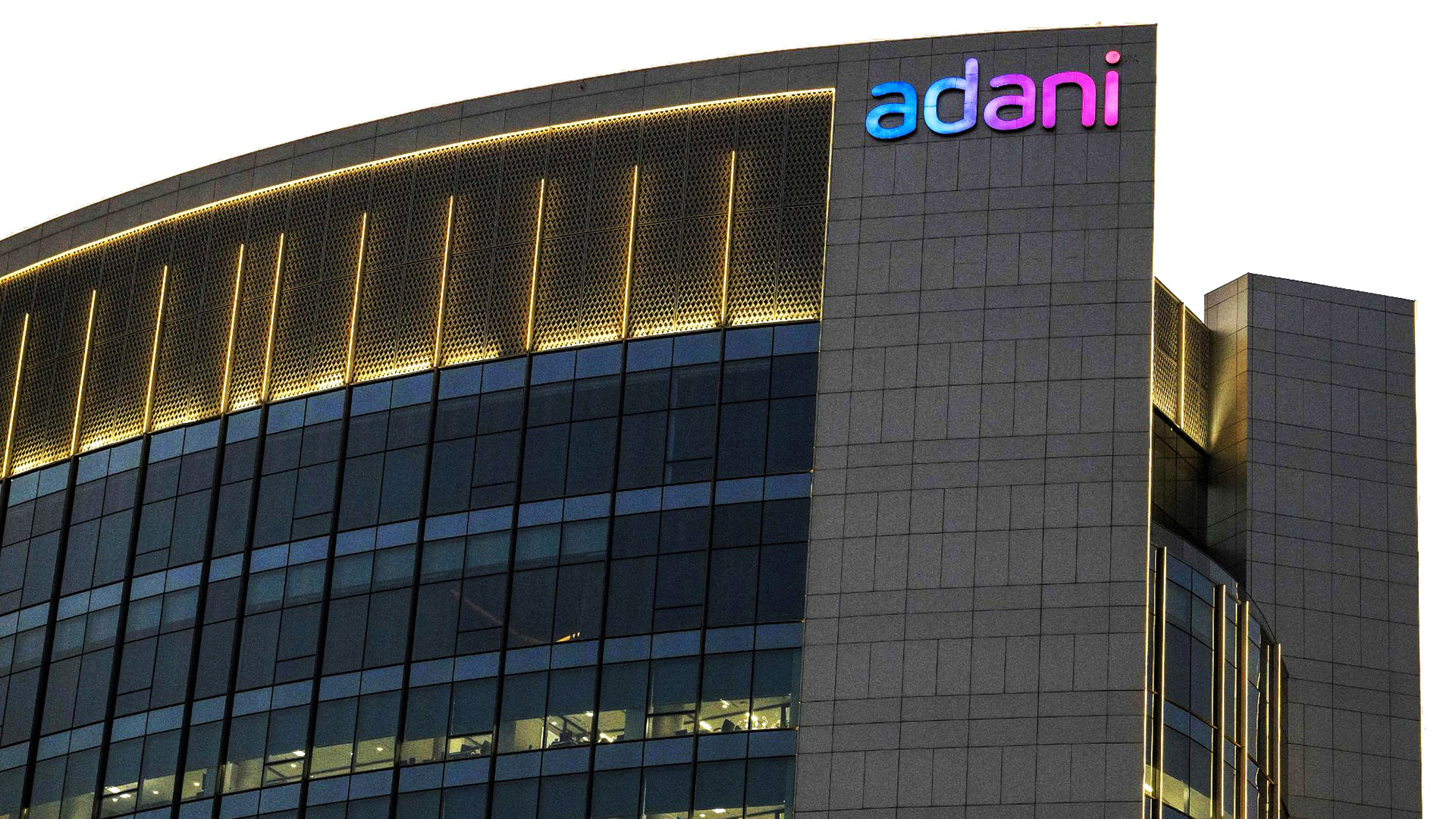dharavi: a
historical overview
dharavi: a historical overview
Dharavi, often described as the microcosm of Mumbai, has evolved over three centuries through waves of migration from across India. Originally a small fishing village inhabited by the Kolis and surrounded by mangroves, it began transforming in the 1880s when polluting industries like tanneries were relocated from South Mumbai. This shift attracted poor rural migrants seeking jobs and affordable housing. By the late 19th century, communities such as potters from Saurashtra, tanners from Tamil Nadu, and artisans from Uttar Pradesh had established themselves, laying the foundation for Dharavi's diverse social fabric.Today, Dharavi is home to a wide range of religious, linguistic, and caste groups. The Muslim community, primarily from Uttar Pradesh, forms the largest religious group, alongside Tamilians, Hindi-speaking Hindus, Neo-Buddhist Marathis, South Indian Christians, and a Gujarati pottery community in Kumbhar Wada. Over time, Dharavi has grown into a bustling economic hub with thriving industries in leather goods, garments, imitation jewelry, embroidery, pottery, plastic recycling, and food production. These small-scale industries generate thousands of jobs and produce goods worth over $1 billion annually.
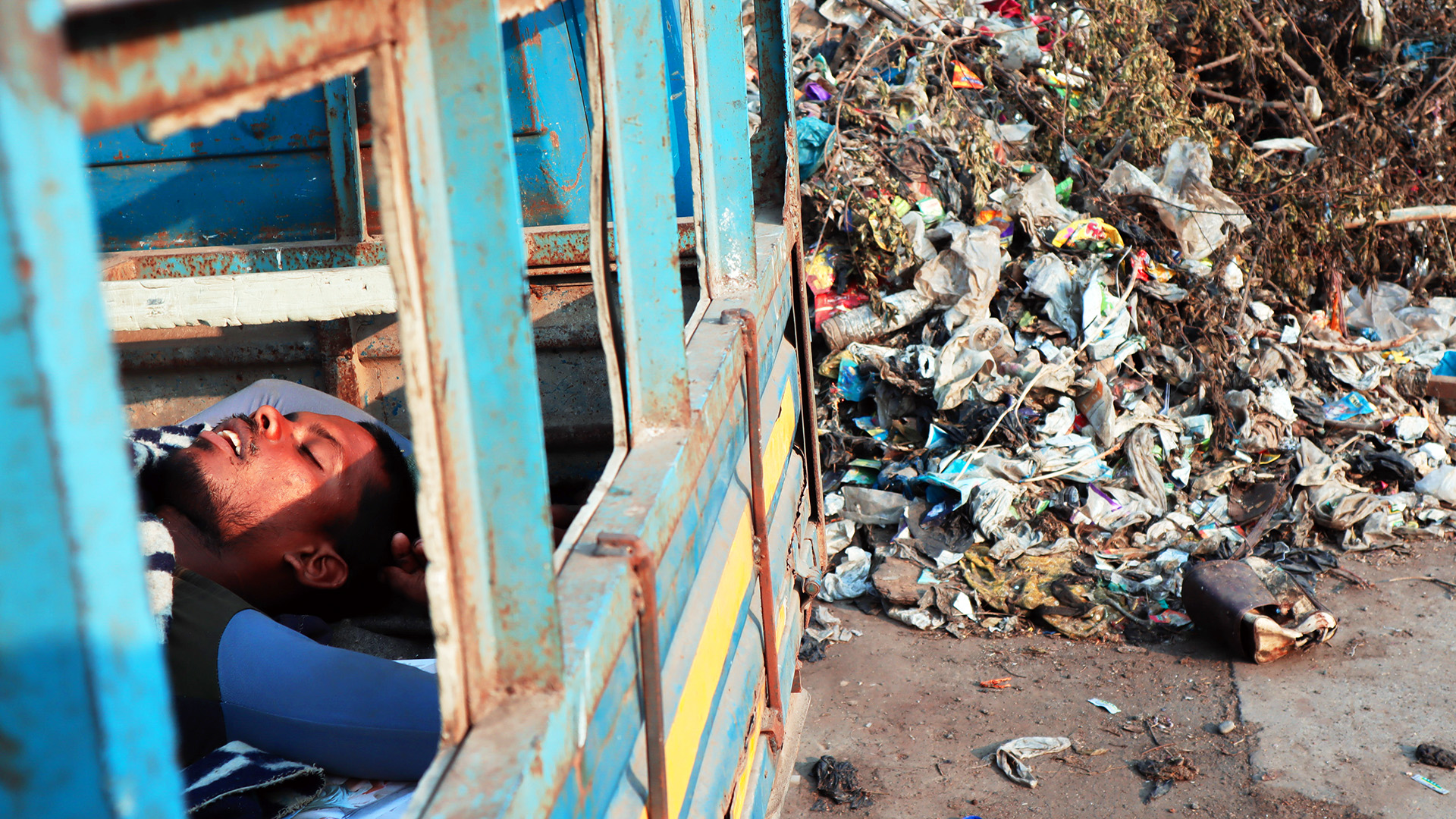
Before 1800
Dharavi was one of the oldest Koliwadas (fishing community) of Mumbai along the Mahim Creek.
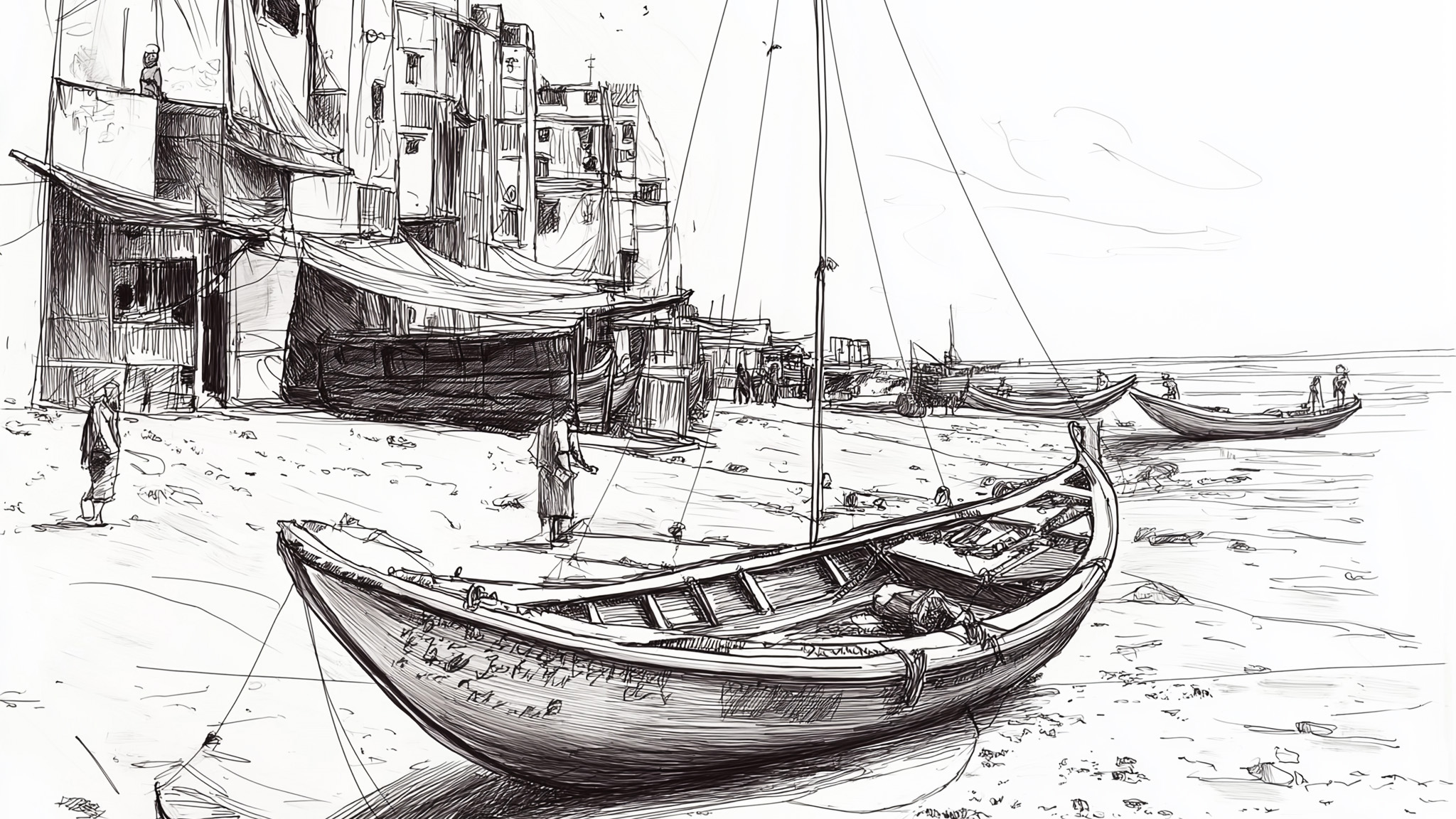
1800s
Potters, Leather Tanners, Artisans and Embroidery Artists migrated from areas like Saurashtra, Tamil Nadu and UP.
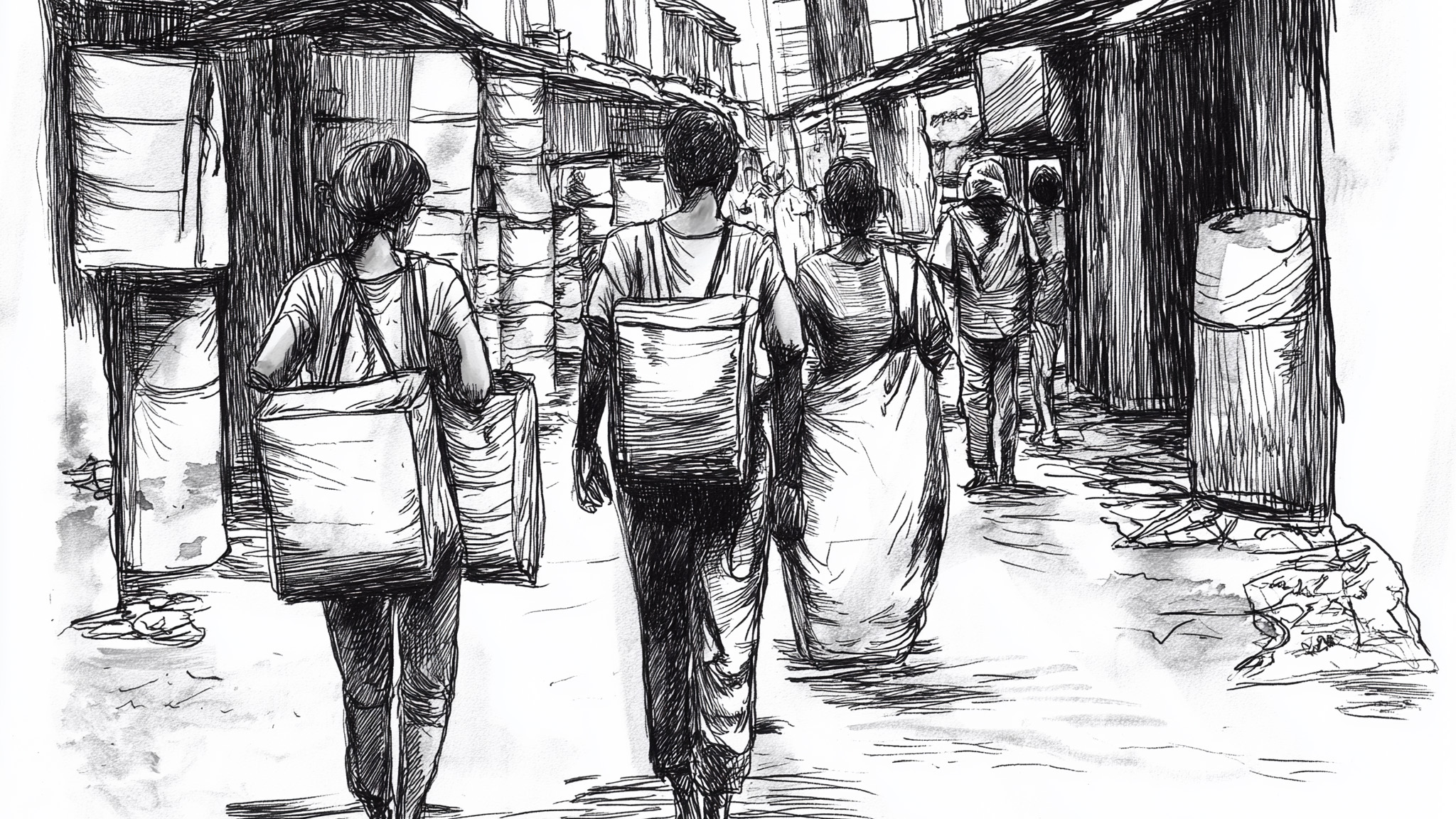
1845
Swamps were reclaimed, merging the 7 islands into one land mass.The drying of Mahim creek led to migration of fishermen to other areas.
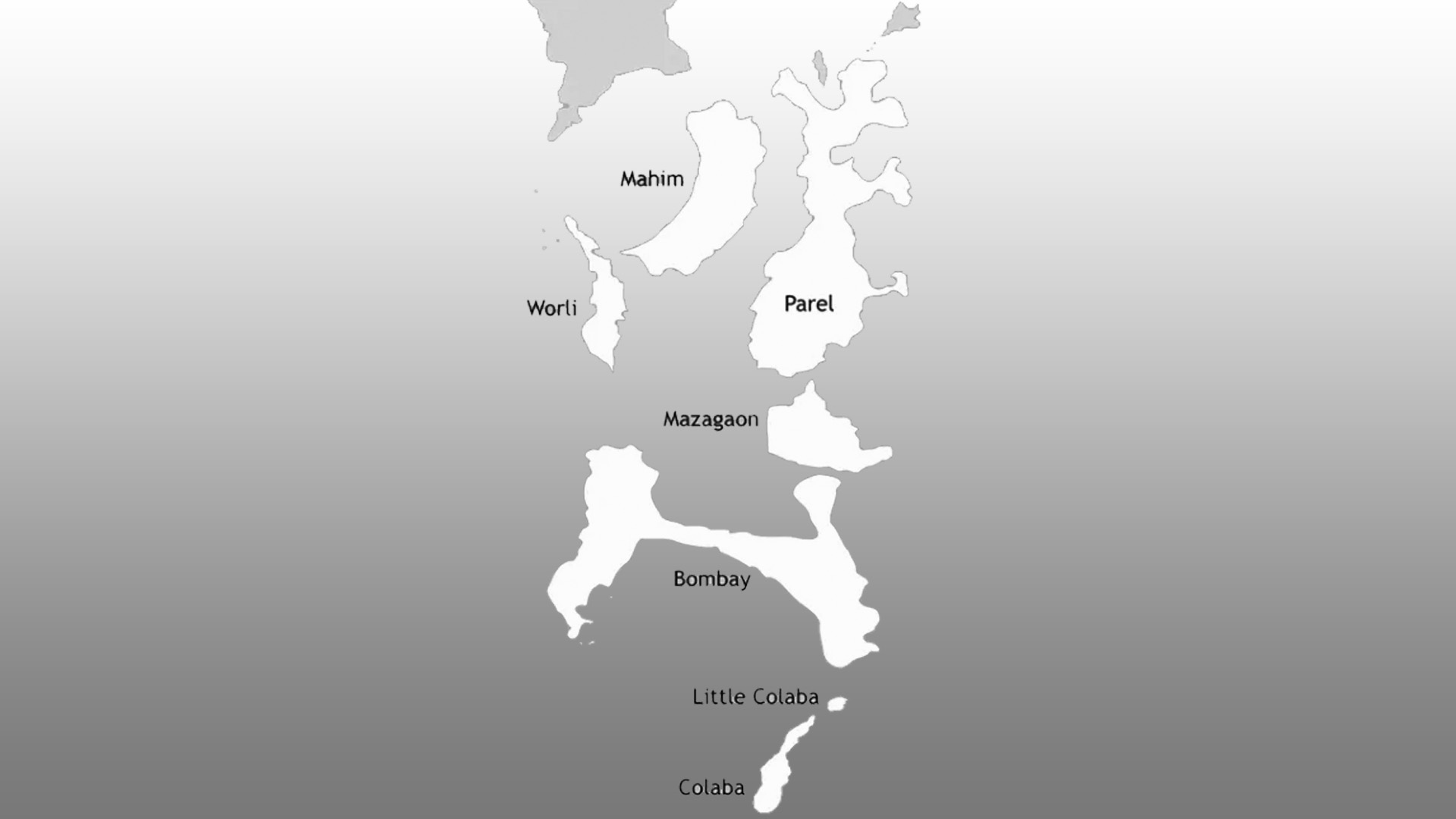
1940 - 1960
Mass evictions from the island city drove slum/ pavement dwellers to Dharavi.
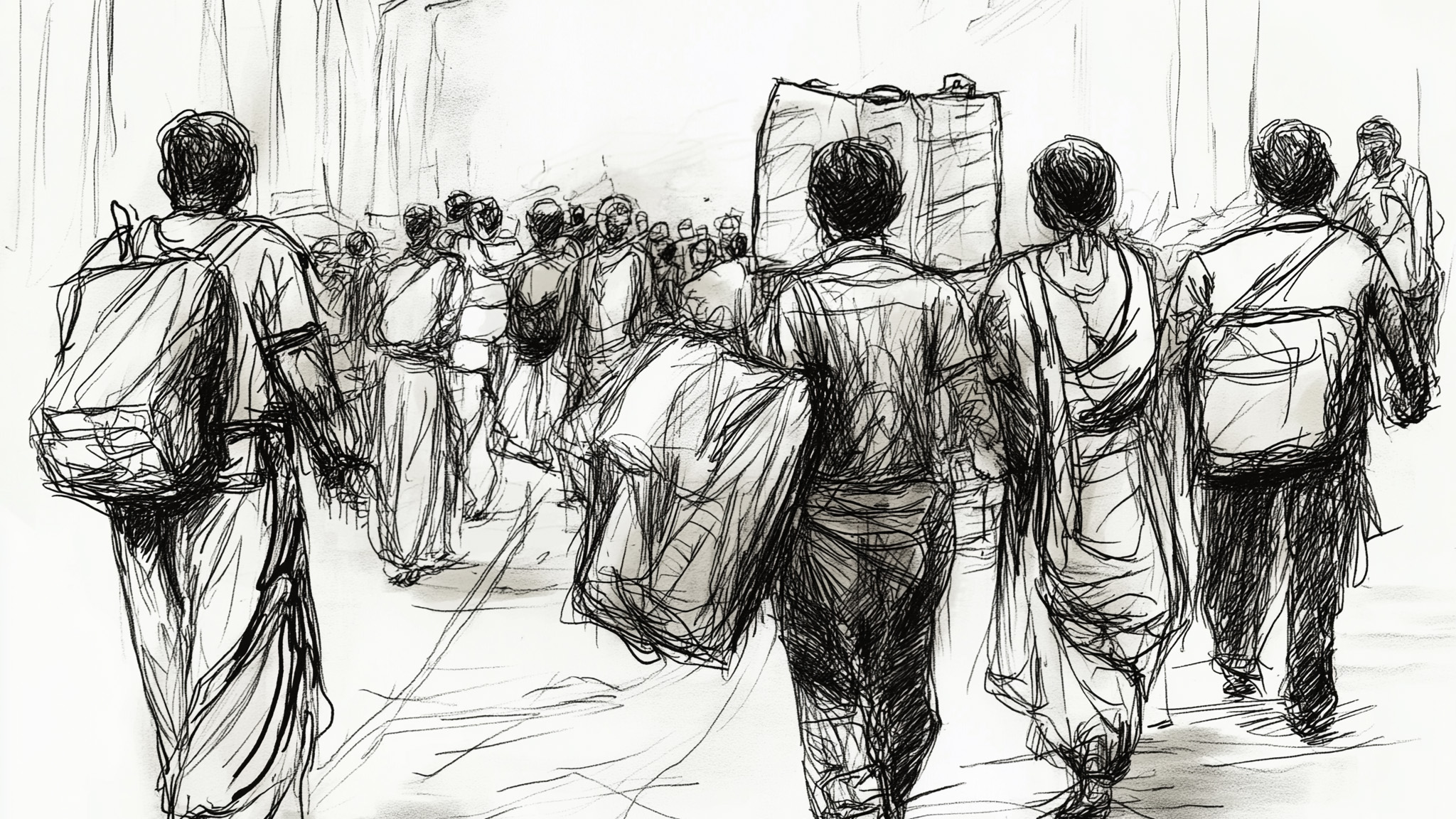
1971
Dharavi declared as a slum.
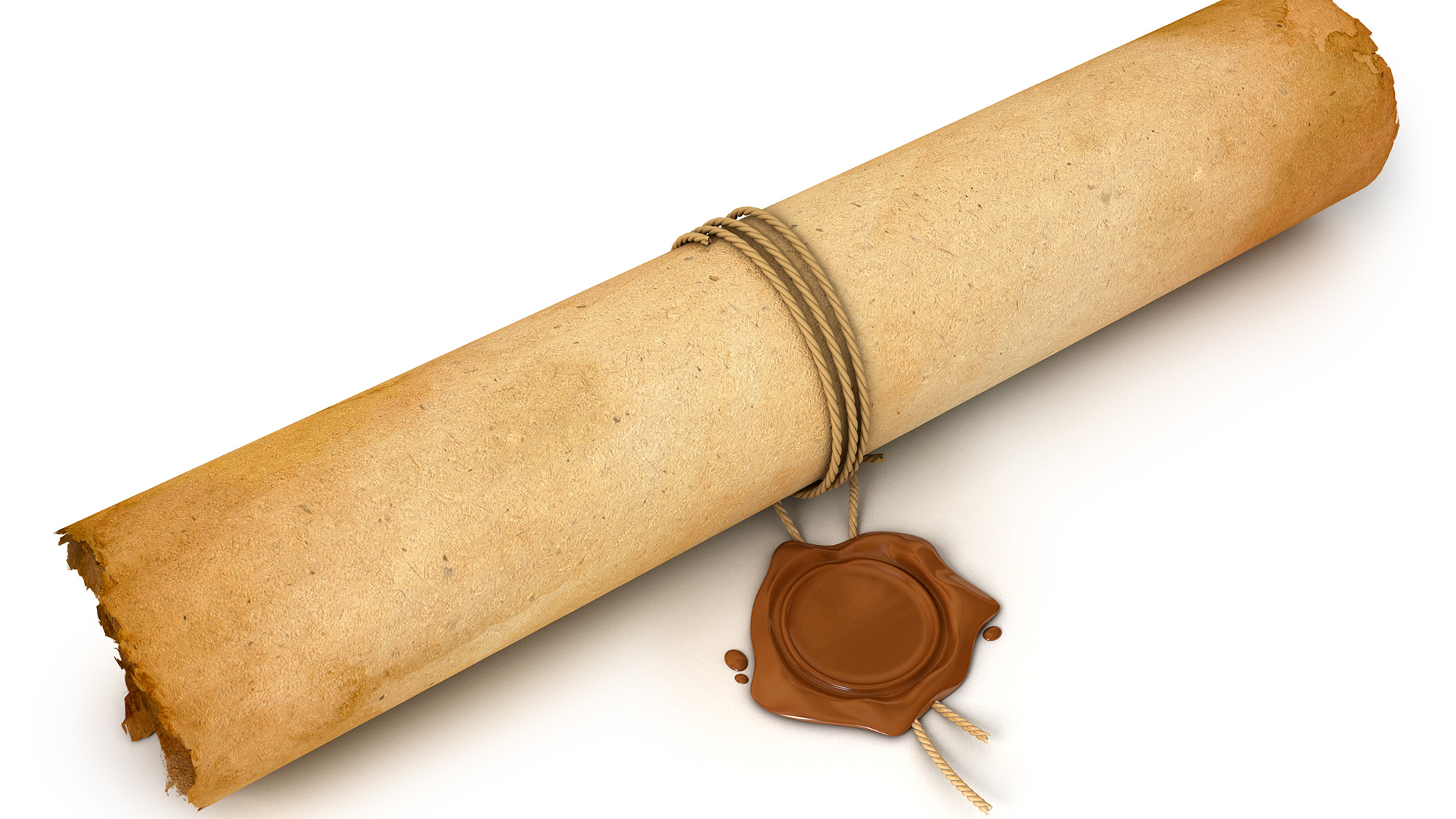
1971 – 1974
The Sion-Mahim Link Road, the 60-Feet and 90-Feet roads were built. Sewer and water lines were laid down. Transit camps established to accommodate residents displaced by the construction of new roads and other infrastructure projects.
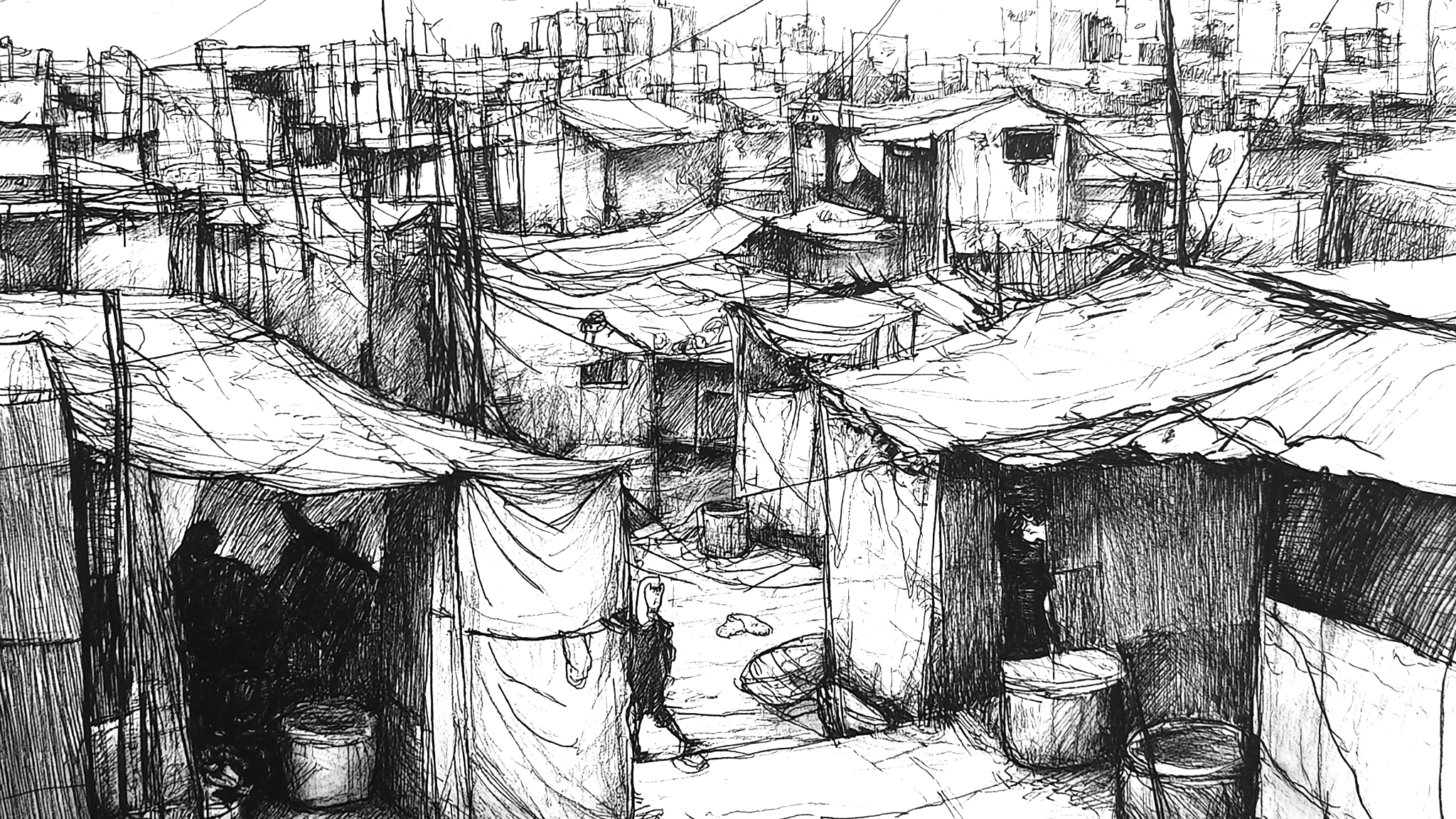
1981
A Development Plan earmarking Dharavi was prepared.
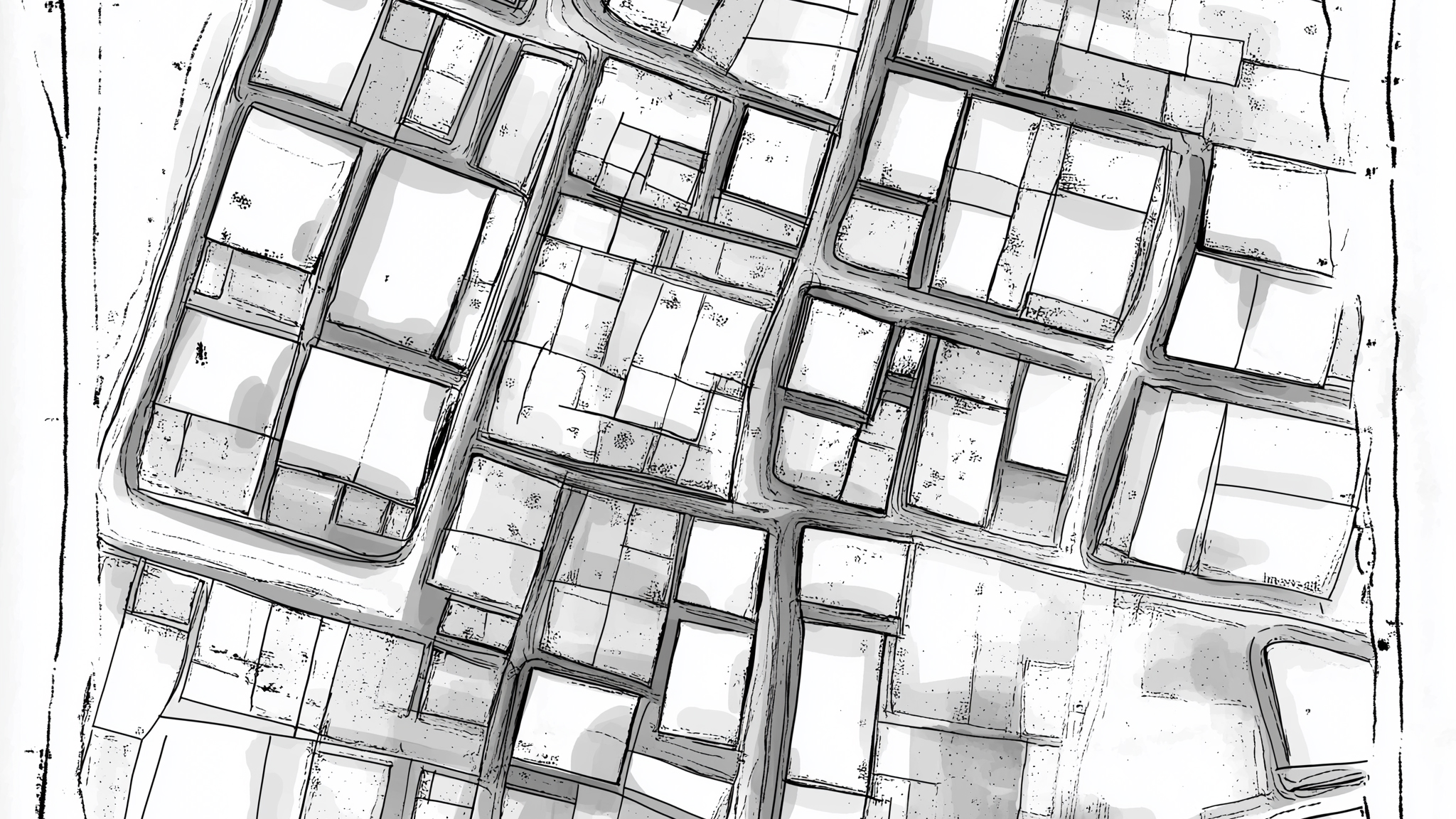
1985 - 87
The Prime Minister's Grand Project (PMGP) was initiated in 1987. MHADA declared a special planning authority (SPA) for Dharavi.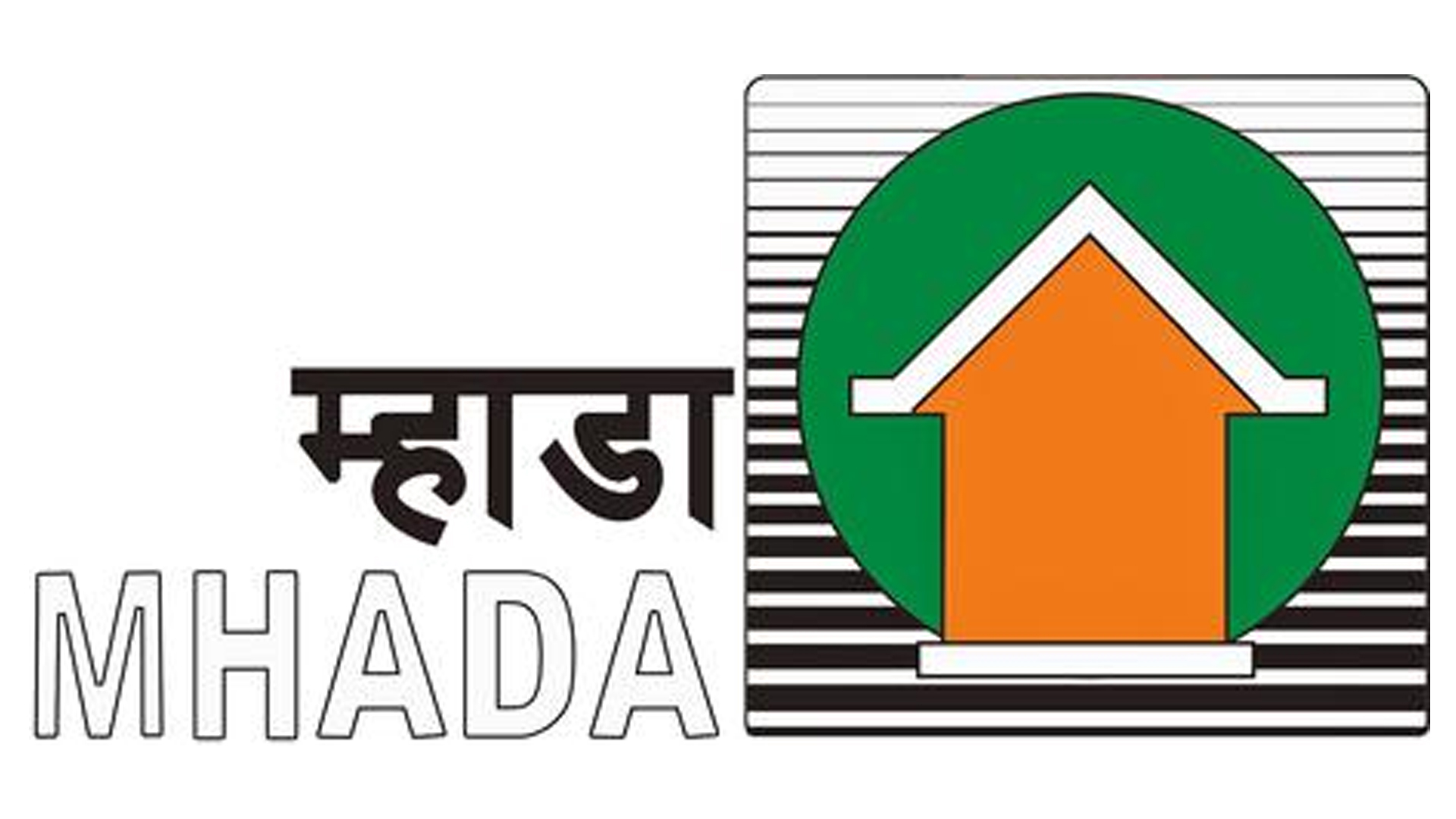
1995
Slum Rehabilitation Scheme (SRS) launched to provide free housing for slum dwellers. Over 85 new buildings were constructed in the period up to 2004.
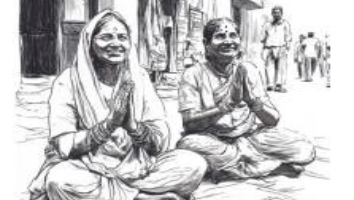
2004
Maharashtra Government accepted Dharavi Redevelopment Plan (DRP) which proposed to segment Dharavi into 5 sectors for redevelopment, invite bids and provide free housing to eligible slum dwellers.
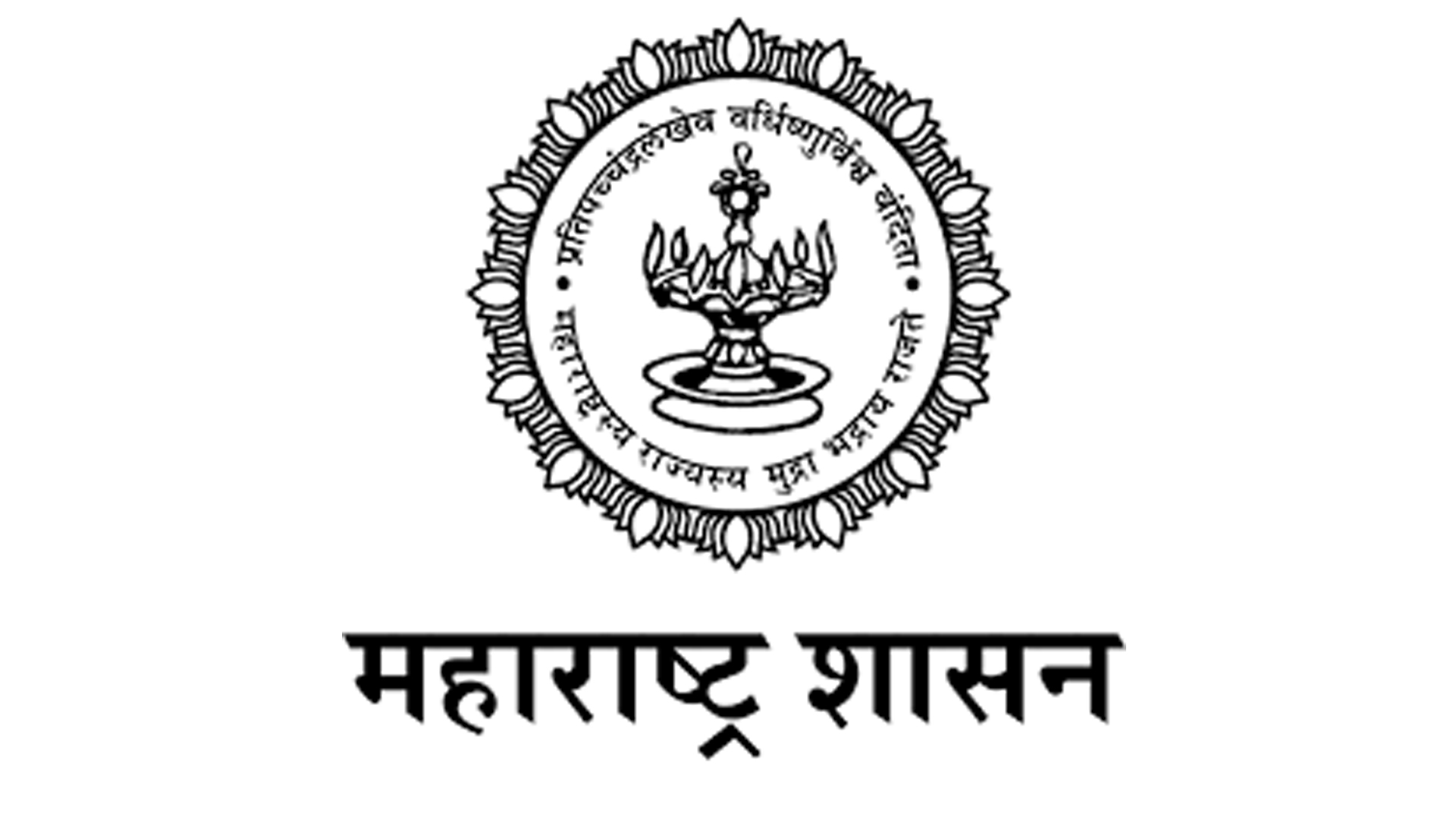
2007 – 2011
Bids invited for DRP.
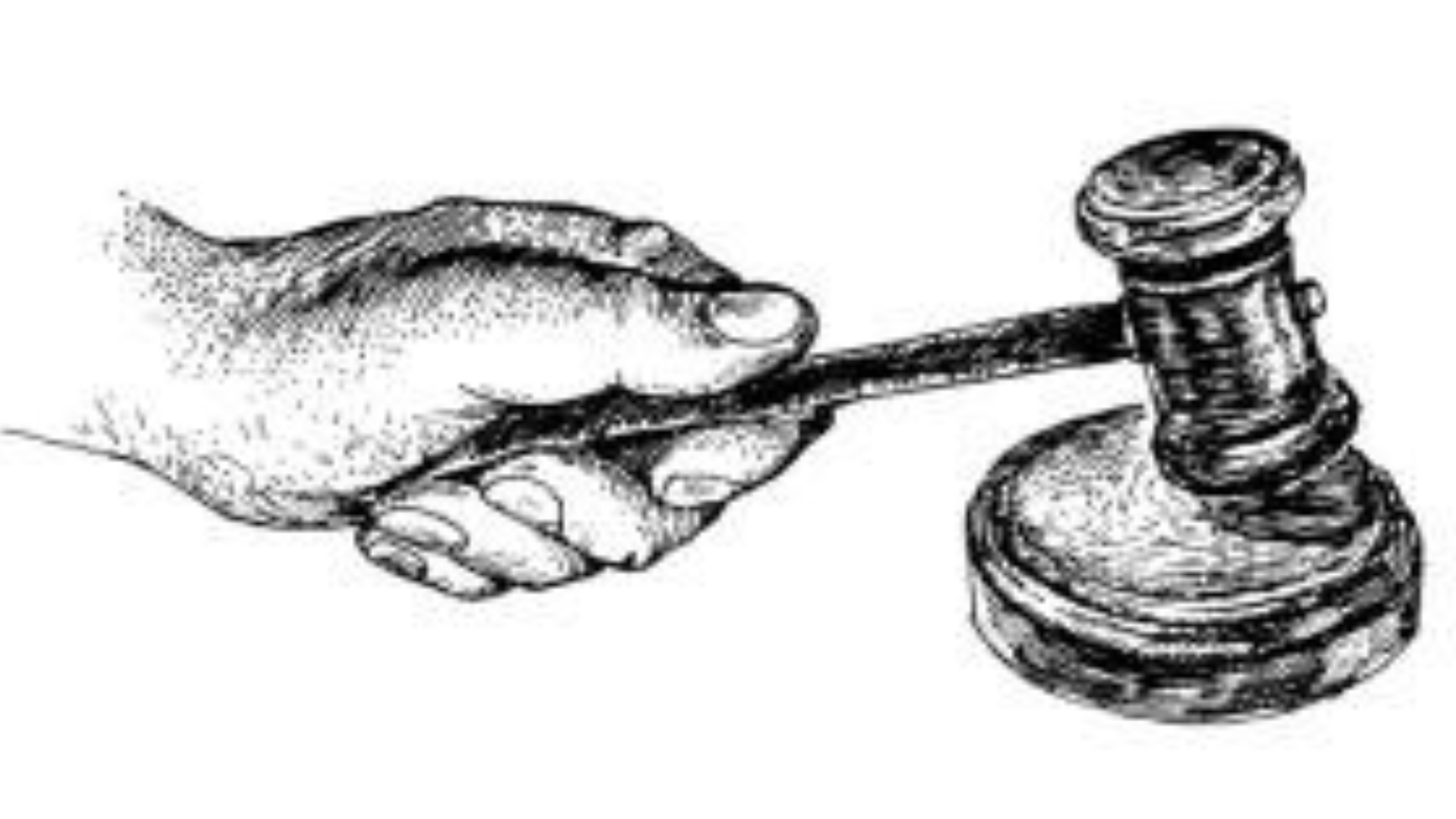
2017
CM of Maharashtra approved Special Purpose Vehicle (SPV) for Dharavi Redevelopment Project (DRP).
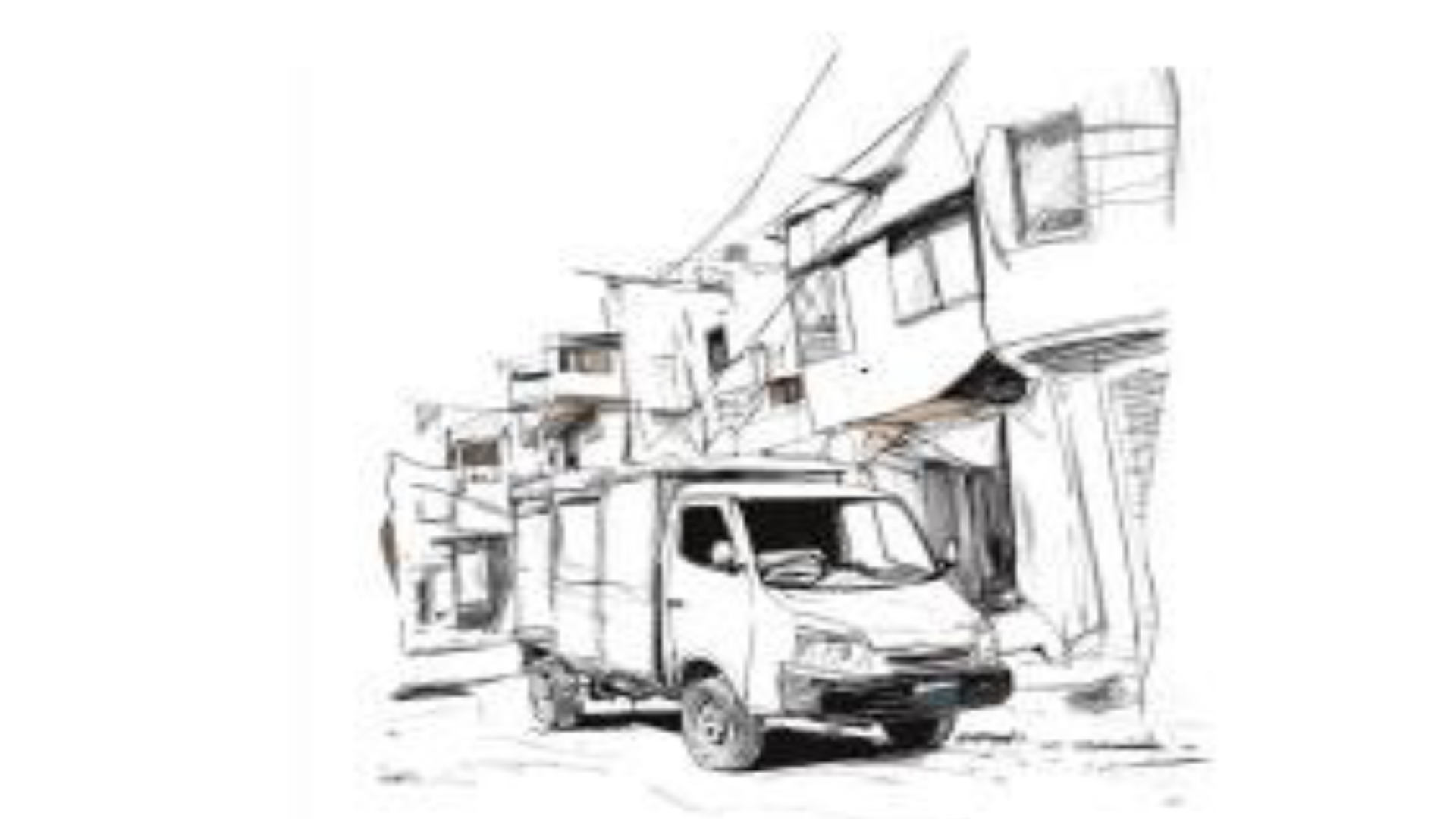
2019
RLDA and DRP/SPA signed an MoU. According to this, RLDA agreed to transfer 45 acres of land to DRP/SPA on lease.
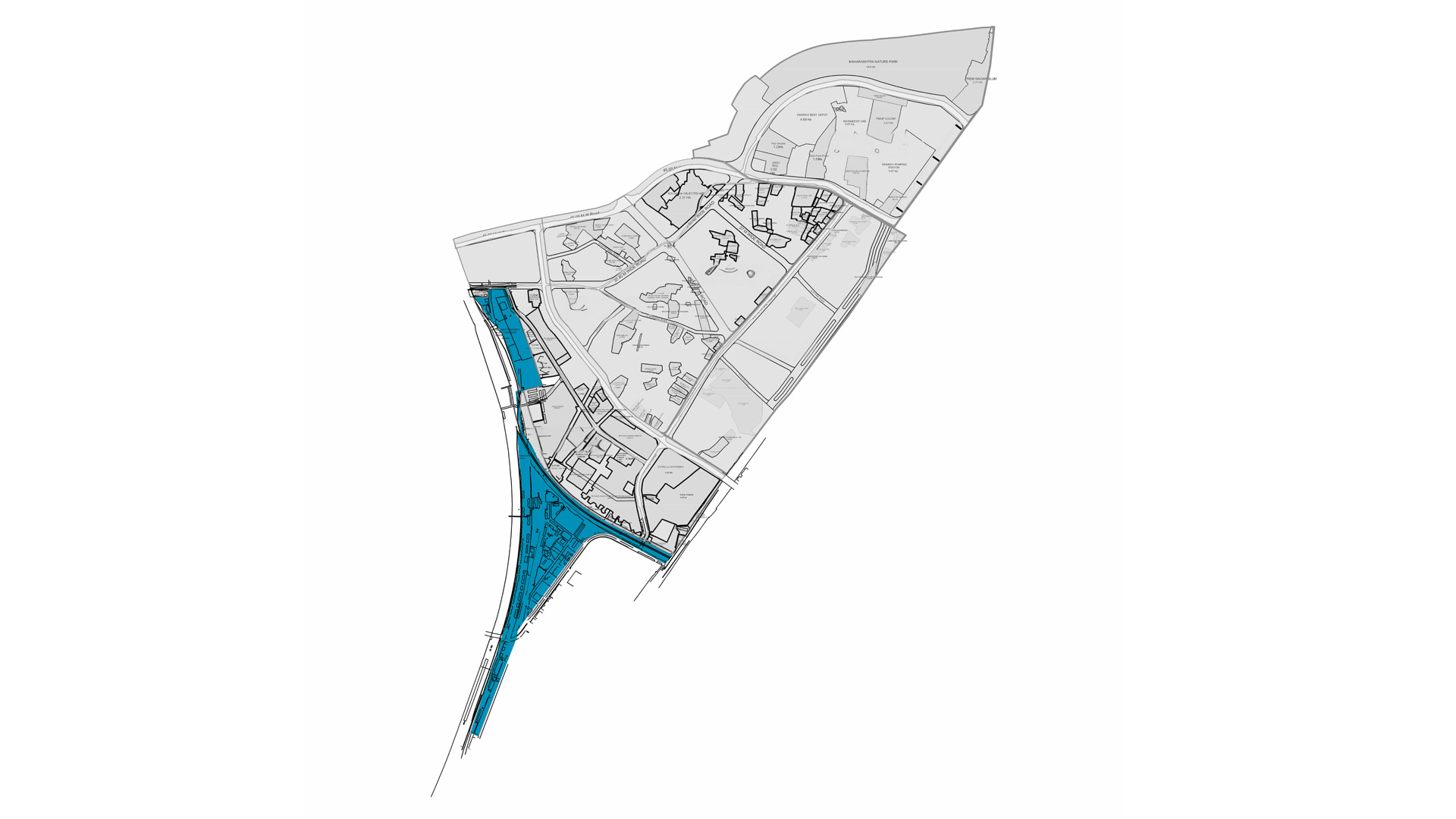
2022
Adani Group wins Dharavi Redevelopment Project.
